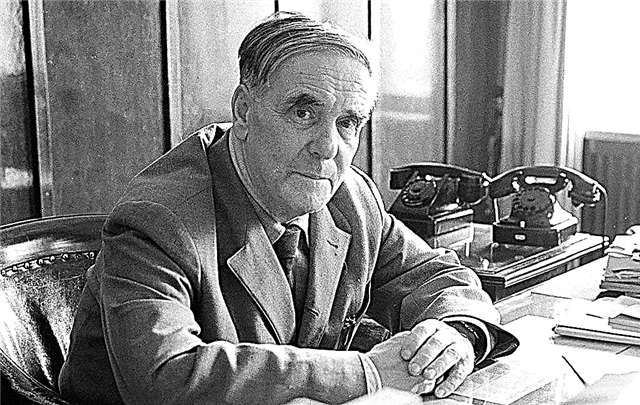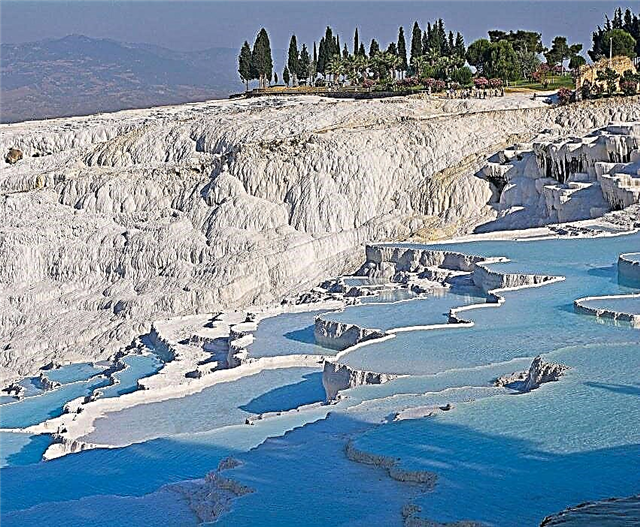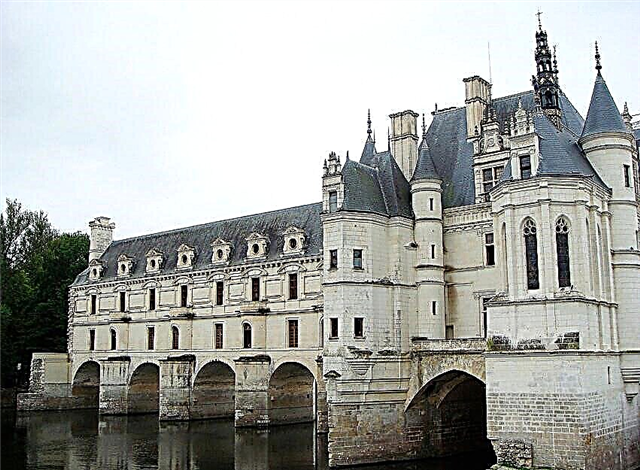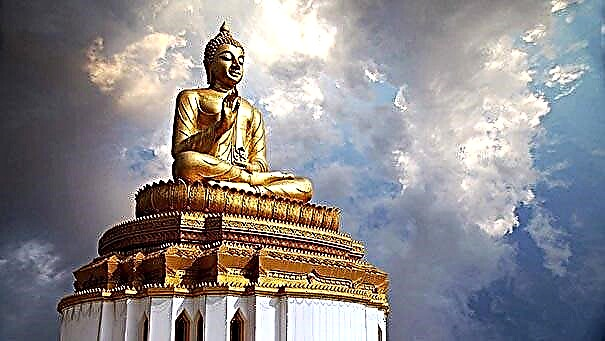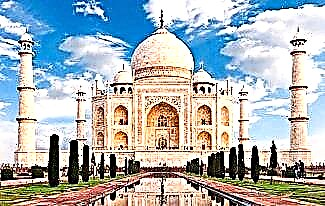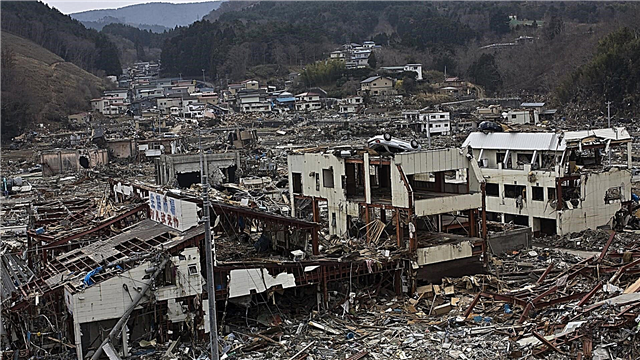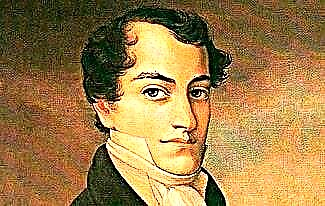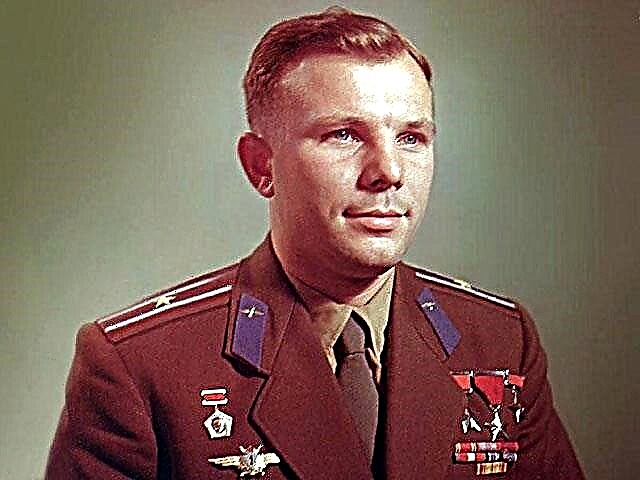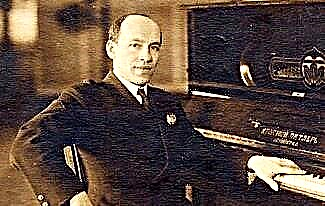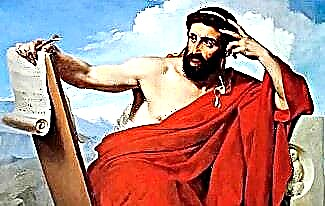Petr Leonidovich Kapitsa - Soviet physicist, engineer and innovator. V. Lomonosov (1959). He was a member of the USSR Academy of Sciences, the Royal Society of London and the US National Academy of Sciences. Chevalier of 6 Orders of Lenin.
There are many interesting facts in the biography of Pyotr Kapitsa that will surely impress you.
So, before you is a short biography of Peter Kapitsa.

Biography of Peter Kapitsa
Petr Kapitsa was born on June 26 (July 8) 1894 in Kronstadt. He grew up and was brought up in an educated family.
His father, Leonid Petrovich, was a military engineer, and his mother, Olga Ieronimovna, studied folklore and children's literature.
Childhood and youth
When Peter was 11 years old, his parents sent him to the gymnasium. The most difficult subject for the boy was Latin, which he could not master.
For this reason, the next year Kapitsa transferred to the Kronstadt School. Here he received high marks in all disciplines, graduating with honors.
After that, the young man seriously thought about his future life. As a result, he entered the St. Petersburg Polytechnic Institute at the Department of Electromechanics.
Soon, the talented student made the famous physicist Abram Ioffe draw attention to himself. The teacher offered him a job in his laboratory.
Ioffe did his best to make Pyotr Kapitsa a highly qualified specialist. Moreover, in 1914 he helped him leave for Scotland. It was in this country that the student was caught by the First World War (1914-1918).
A few months later, Kapitsa managed to return home, after which he immediately went to the front. The young physicist worked as a driver in an ambulance.
In 1916, Pyotr Kapitsa was demobilized, after which he returned to St. Petersburg, where he continued to engage in scientific activities. It was during that period of his biography that his first article was published.
Scientific activity
Even before defending his diploma, Ioffe made sure that Peter was employed at the Roentgenological and Radiological Institute. In addition, the mentor helped him go abroad in order to gain new knowledge.
It should be noted that at that time it was a very difficult task to obtain permission to travel abroad. Only thanks to the intervention of Maxim Gorky, Kapitsa was allowed to go to Great Britain.

In Britain, a Russian student became an employee of the Cavendish Laboratory. Its leader was the great physicist Ernest Rutherford. After 2 months, Peter was already an employee of Cambridge.
Every day the young scientist developed his talents, demonstrating a high level of theoretical and practical knowledge. Kapitsa began to deeply investigate the action of superstrong magnetic fields, conducting many experiments.
One of the first works of the physicist was the study of the magnetic moment of an atom located in an inhomogeneous magnetic field, together with Nikolai Semenov. The study resulted in the Stern-Gerlach experiment.
At the age of 28, Pyotr Kapitsa successfully defended his doctoral dissertation, and 3 years later he was appointed deputy director of the laboratory for magnetic research.

Later, Peter Leonidovich was a member of the Royal Society of London. During this period of his biography, he investigated nuclear transformations and radioactive decay.
Kapitsa managed to design equipment that allows organizing powerful magnetic fields. As a result, he was able to achieve high performance in this area, surpassing all his predecessors.
An interesting fact is that the merits of the Russian scientist were noted by Lev Landau himself.
To continue his work, Pyotr Kapitsa decided to return to Russia, since appropriate conditions were required to study the physics of low temperatures.
The Soviet authorities were delighted with the return of the scientist. However, Kapitsa put forward one condition: to allow him to leave the Soviet Union at any time.
It soon became clear that the Soviet government had canceled Peter Kapitsa's British visa. This led to the fact that he no longer had the right to leave Russia.
British scientists tried in various ways to influence the unjust actions of the Soviet leadership, but all their attempts were unsuccessful.
In 1935, Petr Leonidovich became the head of the Institute for Physical Problems at the Russian Academy of Sciences. He loved science so much that the deception of the Soviet authorities did not make him quit his job.
Kapitsa requested the equipment on which he worked in England. Resigned to what was happening, Rutherford decided not to interfere with the sale of equipment to the Soviet Union.
The academician continued experiments in the field of strong magnetic fields. After a few years, he improved the turbine of the installation, thanks to which the efficiency of the air liquefaction increased significantly. Helium was automatically cooled in an expander.

An interesting fact is that such equipment is used all over the world today. However, the main discovery in the biography of Pyotr Kapitsa was the phenomenon of helium superfluidity.
The lack of viscosity of the substance at temperatures below 2 ° C was an unexpected conclusion. Thus, the physics of quantum liquids arose.
The Soviet authorities closely followed the scientist's work. Over time, he was offered to participate in the creation of the atomic bomb.
It is important to emphasize that Petr Kapitsa refused to cooperate, despite the proposals that were beneficial for him. As a result, he was removed from scientific activity and sentenced to 8 years of house arrest.
Oppressed from all sides, Kapitsa did not want to come to terms with what was happening. Soon he managed to create a laboratory at his dacha. There he conducted experiments and studied thermonuclear energy.
Pyotr Kapitsa was able to fully resume his scientific activity only after Stalin's death. At that time he was studying high-temperature plasma.
Later, on the basis of the works of the physicist, a thermonuclear reactor was built. In addition, Kapitsa was interested in the properties of ball lightning, microwave generators and plasma.
At the age of 71, Pyotr Kapitsa was awarded the Niels Bohr medal, which he was awarded in Denmark. A few years later, he was lucky enough to visit America.
In 1978 Kapitsa received the Nobel Prize in Physics for his research on low temperatures.
The physicist was named "Kapitsa's pendulum" - a mechanical phenomenon that shows stability outside the conditions of equilibrium. The Kapitza-Dirac effect demonstrates the scattering of electrons in the space of an electromagnetic wave.
Personal life
Peter's first wife was Nadezhda Chernosvitova, whom he married at the age of 22. In this marriage, the couple had a boy Jerome and a girl Nadezhda.
Everything was going well until the moment when the whole family, with the exception of Kapitsa, fell ill with a Spanish flu. As a result, his wife and both children died from this terrible disease.
Peter Kapitsa was helped to survive this tragedy by his mother, who did everything possible to alleviate the suffering of her son.

In the fall of 1926, the physicist met Anna Krylova, who was the daughter of one of his colleagues. The young people showed mutual interest, as a result of which they decided to get married the next year.
In this marriage, the couple had 2 boys - Sergey and Andrey. Together with Anna, Peter lived for 57 long years. For her husband, a woman was not only a faithful wife, but also an assistant in his scientific work.
In his free time, Kapitsa was fond of chess, clock repair and carpentry.
Petr Leonidovich tried to follow the style that he developed during his life in Great Britain. He was addicted to tobacco and preferred to wear tweed suits.
In addition, Kapitsa lived in an English-style cottage.
Death
Until the end of his days, the Russian scientist showed a keen interest in science. He continued to work in the laboratory and head the Institute for Physical Problems.
A couple of weeks before his death, the academician had a stroke. Petr Leonidovich Kapitsa died on April 8, 1984, without regaining consciousness, at the age of 89.
Throughout his life, the physicist was an active fighter for peace. He was a supporter of the unification of Russian and American scientists. In memory of him, the Russian Academy of Sciences established the P. L. Kapitsa Gold Medal.
Photo by Petr Kapitsa


